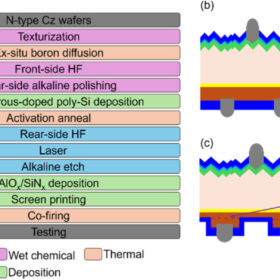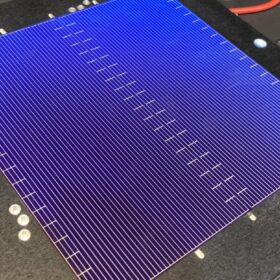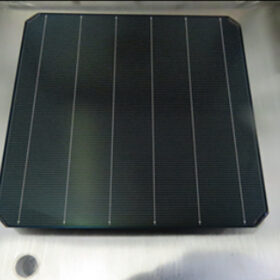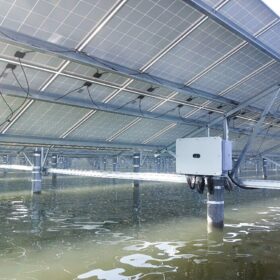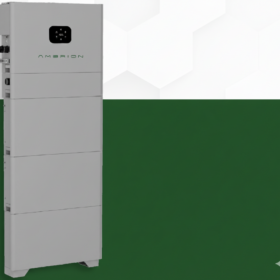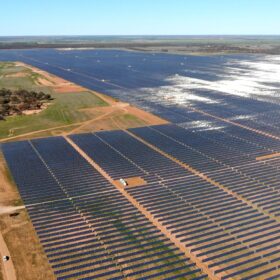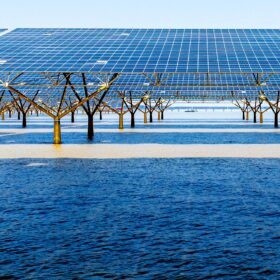Localised polysilicon thinning improves TOPCon solar cell performance
UNSW researchers boosted TOPCon solar cell efficiency by locally thinning the rear poly-Si layer, reducing parasitic absorption while preserving wafer integrity. The champion cell built with this approach achieved 25.10% efficiency with improved bifaciality and maintained strong passivation.
UNSW research offers guidance for more robust TOPCon solar cells
UNSW researchers developed an experimentally validated model linking UV-induced degradation in TOPCon solar cells to hydrogen transport, charge trapping, and permanent structural changes in the passivation stack. They show that thicker aluminum oxide layers significantly improve UV resilience by limiting hydrogen migration, offering clear guidance for more robust TOPCon designs.
Astronergy launches 670 W TOPCon solar module with 24.9% efficiency
China’s Astronergy says its ASTRO N7 Pro module targets utility-scale PV plants and commercial rooftops, offering quarter-cell architecture, bifacial gains, and a 30-year performance guarantee.
Rising silver prices drive China’s Longi shift to copper-metallised solar cells
China’s Longi says it will begin mass production of base-metal PV modules in the second quarter of 2026 as rising silver prices intensify pressure to reduce metallisation costs.
Fox trots out stackable battery system for residential, commercial applications
Chinese manufacturer Fox ESS has launched into the Australian market a 5.99 kWh capacity modular battery energy storage system that can be scaled up to 83.86 kWh per stack.
Huawei, Sungrow lead Wood Mackenzie’s inverter market ranking
Wood Mackenzie’s first-half 2025 solar inverter ranking finds the top 10 leading inverter manufacturers have a 71% global market share.
Trina Solar posts new milestones for tandem efficiency, module power
Trina Solar says new certified results in perovskite-crystalline silicon tandem cells and modules demonstrate progress toward industrial-scale next-generation PV.
Ambrion launches new all-in-one storage solutions
The Australian firm has introduced single-phase 5 kW and 6 kW AC output storage systems, as well as three-phase 10 kW and 12 kW models. Storage capacities of the new products range from 5 kWh to 40 kWh.
Aiko achieves 24.8% efficiency in commercial solar module production
The result relates to the company’s Comet 3N modules and has been confirmed by independent testing agency TÜV Nord in Germany.
GoodWe launches new hybrid inverters for C&I solar
The Chinese manufacturer has launched a new series of three-phase hybrid inverters ranging from 80 kW to 100 kW. The new products feature eight MPPTs with up to 42 A input current.
